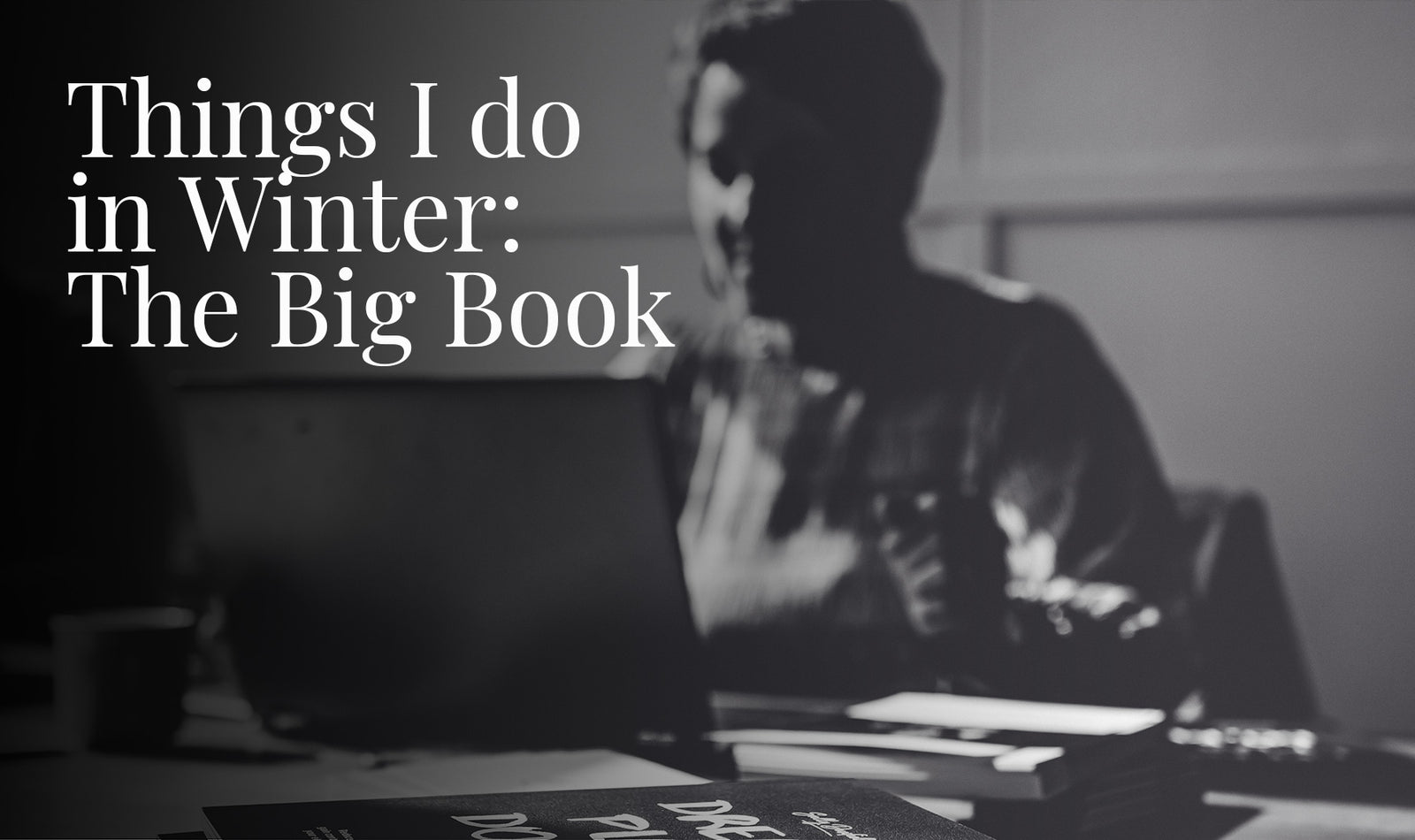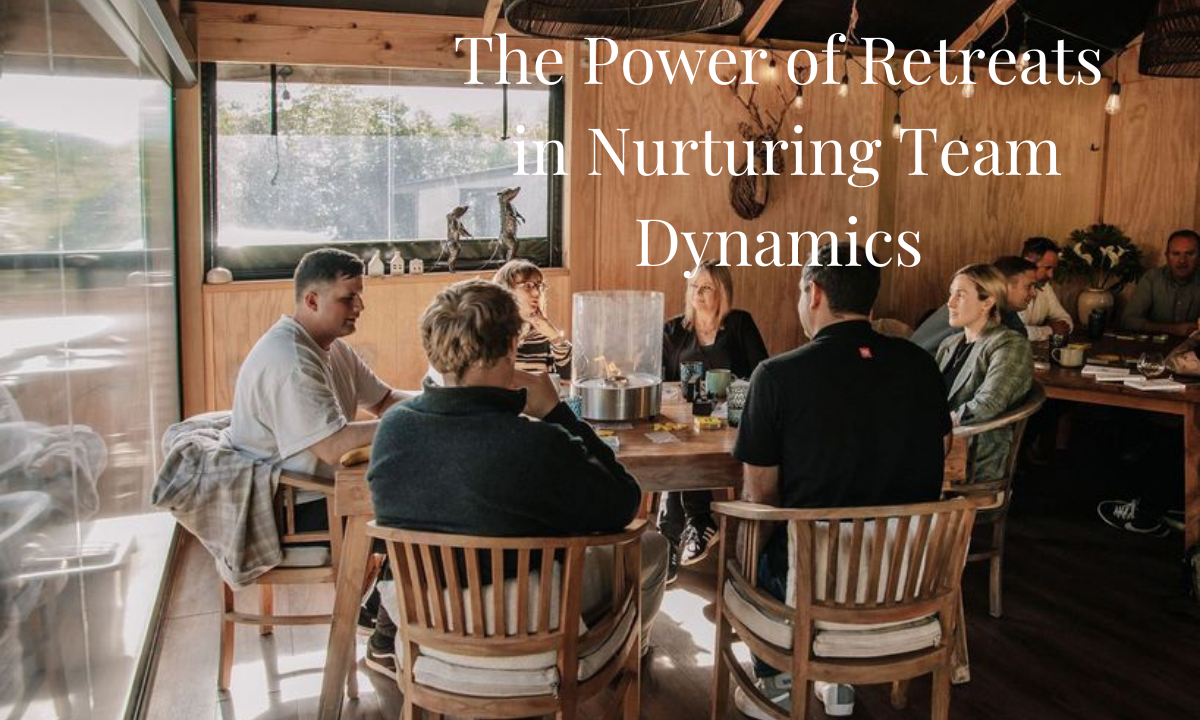
Winter is upon me and I have two major projects to complete.
#1 is the engagement and completion of my Oxford Executive Leadership Programme; about 15 hours a week of learning models, theories and articulating thoughts on leadership. #2 is completing the writing of my next book. This one is a Big Book. THE Big Book.
So, I thought I’d share a sample of where I’m at, my DRAFT introduction and the start of Chapter 1. Enjoy!

Planning for Peak Performance
Introduction | The Big Book
Over the last year, some of you may have gifted me the honour of purchasing my Little Book, others will be virgins on this journey with me. My Little Book; I’ve sometimes referred to it, without disrespect, as the toilet book. A good little 45 minute read that you could pick up and put down during your visits to the loo without too much limbic friction*. Worthy of some time spent, and hopefully you didn’t take your phone to the loo - it should have been just you and me having a moment.
So named the Little Book, her purpose was to quickly give you access to direct information that, if applied without too much thought, will have allowed you to step towards some semblance of control in your world. Sure enough, your deep-seated neurosis wasn’t attended to, your imposter syndrome remained ignored, nor did we examine your relationship with your gorgeous partner and the behaviour of your possibly feral children. But you did get some idea of how to control the rhythm of your day, run the hamsters and feed the monkeys**, walking towards decreasing overwhelm, and increasing your energy and joy. At the time of publishing my IMPACT4Q model hadn’t been registered in the international copyright system. So, I had to use the Eisenhower’s Matrix as the basis for our discussion. Now, very excitingly, we’re all registered, and ready to take to the world.

The Big Book has a far greater purpose and is very much more grown up. Her purpose is to explore deeply the IMPACT4Q model. My own thought leadership, having taken Eisenhower’s Matrix (EM) into the next phase of usefulness. EM’s ran ‘important’ against ‘urgent’. Living within the world that we do, my deep belief is we have a greater need for control vs. reacting to urgent, and the word value holds more depth for me, than important.
- Control | the power to influence or direct people's behaviour or the course of events
Vs.
- Urgent | requiring immediate action or attention done or arranged in response to an urgent situation
- Value | the regard that something is held to deserve; the importance, worth, or usefulness of something: one's judgement of what is important in one’s life
- Important | of great significance
My challenge to that; how can we present, if we feel like hamsters*** on the wheel of life and all those around us are bringing us their bloody monkeys to feed.
Before we head into planning, we do need to have some short quick observations into the effect of body language, your office environment and a few other bits and bobs that generally a ‘leadership consultant, or peak performance coach’ wouldn’t touch with a barge pole. But we need to, as they are extremely relevant, therefore, we shall.
So here she is, The Big Book; with a recap and added depth on my passion, neuroscience, shared in the language of a lay-woman; relevant hacks and tips for gaining control of your world and your body, with a side helping of joy.
We’ll outline the neuroscience that drives and supports sustainable peak performance, address home and work routines and rituals, explore what we will ‘Be, Do, Have model**** within each quadrant of the IMPACT4Q model.
What I particularly love about Control as described above, is the ability to influence behaviour or the course of events; rather than reacting to it/them. It suggests we get to plan and influence, we get to articulate our future vision, thus producing the need to be planning far further into our future than we normally do. And that’s extremely counter-intuitive in this current world, where there is a movement to ‘be present’, the belief being that’s all we have control over.
This model is very simple. After establishing a desired goal, we successfully achieve it by asking three questions in a specific sequence. After establishing a desired goal, we successfully achieve it by asking three questions in a specific sequence:
- Who do I need to be in order to accomplish this goal?
- What do I need to do in order to accomplish this goal?
- What do I need to have in order to accomplish this goal?
The ‘Be’ question must be asked first because it determines your state of being. It is who you are, not what you have or what you do, that drives influence.
Specifically, I’ll explore with you how to gain control of your worlds (home and work), and share the tools for you to actually do this (vs. your reading the theory but with no offering of how to). Your challenge is to be a little shallow, not overthink, and apply the practical. And voilá: it will be a little like magic.
I’m so very excited to walk you through my learnings. Oh, and please write notes down. Everywhere. I’ve left big margins and blank pages (they also make the book look Bigger), so write and answer questions, be curious… and please, just do a little of what you’re told without too much thinking.
Caution: About the Author
Diplomatic is not a word strongly associated with Sally. She was known as ‘Cyclone’ during her military career thanks to her maiden name, Bowler (post Cyclone Bola). So Cyclone was bestowed upon her and she didn’t seem to mind at all.
Like a small bulldozer with a large, blunt blade, she has been known to leave a trail of debris, wounded egos and chaos behind her. However, more often than not, a legacy of joy, laughter, achievement and innovation glistens in her wake.
This is the woman who ‘gets shite done’.
“I’m passionate about people having a sense of control, joy and satisfaction embedded into their work and life routines. The science is transparently clear. When we get our ‘daily rhythm’ sorted, we can create our best life. Time is not on our side; each day is a day closer to death. Thus my vision is to get you to controlled functionality quickly vs. politely, prior to death.
Being offended takes a lot of energy, choose wisely.”
Chapter 1
We Start with Neuroscience and Planning Follows
The more time I share with executive teams and elite young athletes, the more I find that when I first meet with them, their heads are generally not in the correct space for deep thought and reflection. This is where the egg or chicken discussion between the psychologist/psychiatrist/personal coach and a planning Queen becomes interesting.
Do we try to explore the head space, delve deeply, question, coach or ‘treat’, sending you off to the ‘head-sorter-outa’ first? Or do we sort the physical rhythm of your day, enabling the decrease of your stressors (because you’re really flippin’ organised), reducing overwhelm, and give you science as the logic and motivator for your new behaviours? Egg or chicken?
My intuition, coupled with my experience, have answered this and it now stands as my absolute belief; we sort your daily rhythm and planning, settle the limbic friction in your world, control the release of ‘body chemicals’, strive for an improvement in your deep sleep cycle and then, and only then, will your neurobiology allow you to be in a reflective (serotonergic) state to consider the meaning of the universe. And then ‘off ye go to the psych’.
For if I was to start the ‘head shed process’ while your brain is flooded with cortisol, epinephrine (adrenaline), unhealthy levels of nor-epinephrine (nor-adrenaline), you would be physically and mentally unable to be present and focus on the inner work you need to do.
My gorgeous and very smart coach in the USA (Head Guru), recently reflected about his clients - professional athletes - who are sometimes not embedding their lessons or learnings from him; they appear to be doing the same shite, over and over again. (Not his words, Dr Adam is far more eloquent than that, so I’ve summarised poorly with a bias for what I wanted it to mean for me). The gist of the conversation was, if ‘I’, planning Queen, can systematise an athlete’s routines and rhythms, they would then be in a neurobiological state for ‘him’, coaching guru, to sort their heads. Chicken or Egg. (Queen or Head Guru).
And thus, the gist of Chapter One of The Big Book, which I look forward to putting out in the wide world. You’ll hear more from me about it soon enough!
___________
* Limbic Friction | a term coined by the magnificent Dr Andrew Huberman of the Huberman Lab Huberman Lab Stanford, where he refers to the firing of the limbic (fight or flight) stress response, by ‘activities, situations, or people’. Things, activities or circumstances that trigger friction and stress are referred to as Limbic Friction.
** Feed the Monkeys – Steve Covey refers to other people’s problems as monkeys. They bring their problems to you for you to solve (feeding), vs. people learning how to feed their own monkeys. At the end of a day in the office a manager will often end up with 17 monkeys on their shoulders all of whom want to be fed, and none of the monkeys belong to that person!
*** Hamster | small, slightly dull creature, though somewhat cute, that continues to run on its wheel but appears to not know how to ‘get off’ the wheel. A hamster gets to the end of the ‘running’ day, having achieved very little. They are in the same place, with the same scenery, and the same problems. We all suffer from arriving home at the end of the day saying “I’ve got no idea where the day went; I’ve been busy all day but don’t seem to have achieved much.” Thus, you are a hamster on the wheel of life.
****Decades ago, Steven Covey introduced the Be-Do-Have model to the mainstream in his book The 7 Habits of Highly Effective People.



